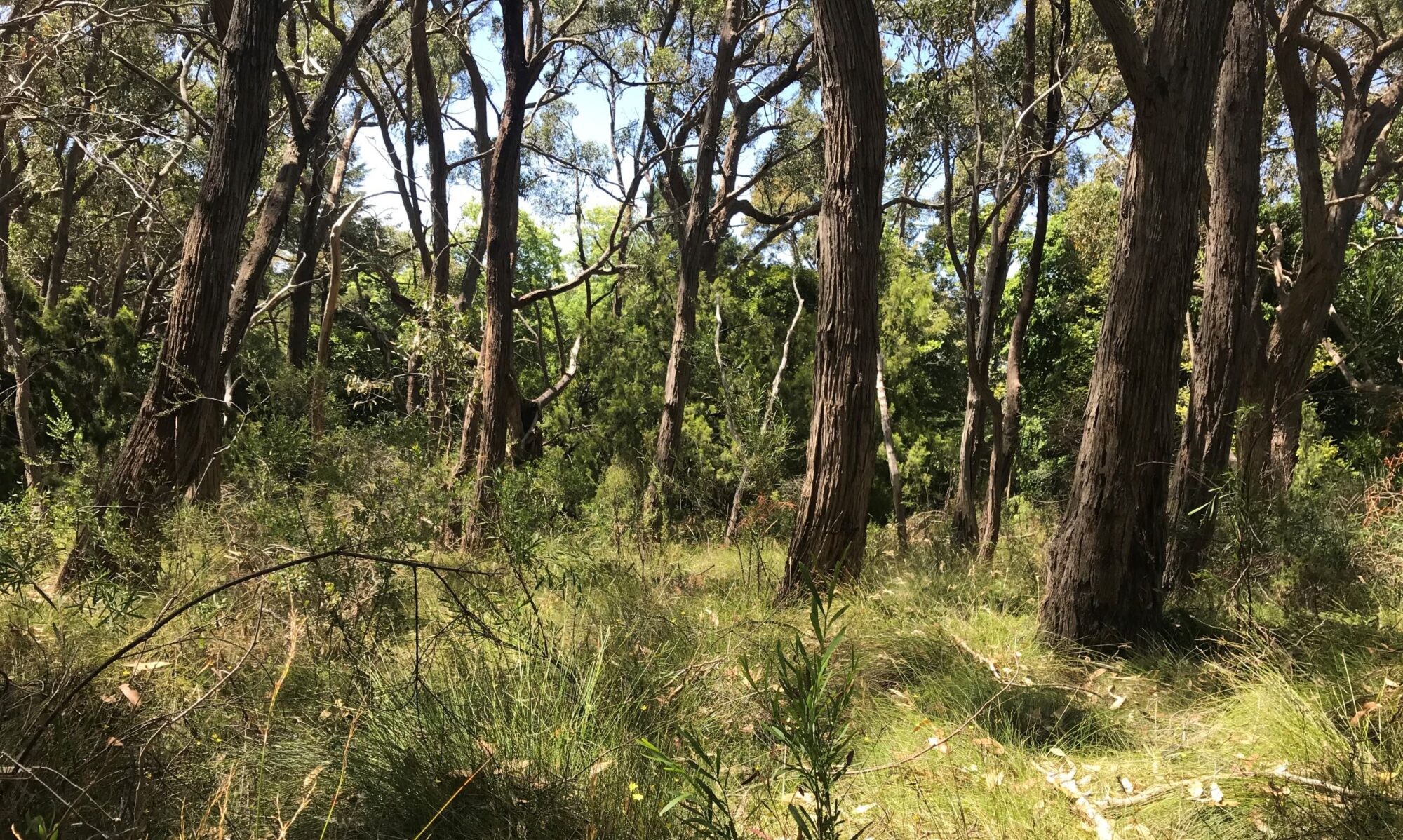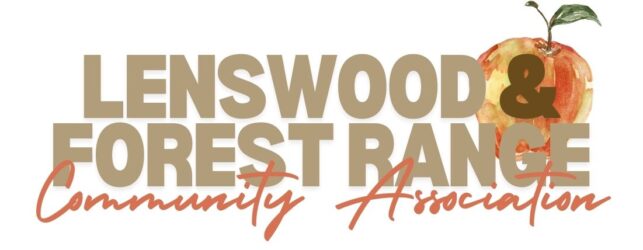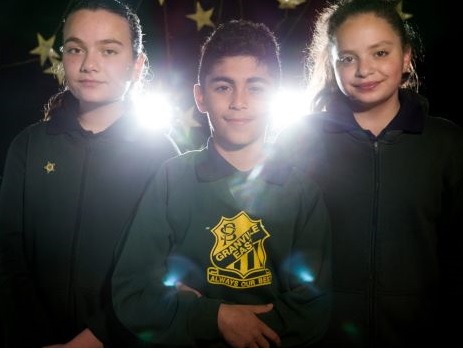Primary-students-the-first-to-code-experiments-for-international-space-station
excerpt from ” The Sydney Morning Herald”
About 24 primary students are the first in the country to code science experiments that will be launched on a rocket to the International Space Station this week and completed by astronauts.
The students from six public schools have spent the past three months choosing an experiment and coding the hardware necessary to complete it in space.
Granville East Public School students Jana Ajaj, Abdelelah Faisal, and Annabella Zraika have coded an experiment that is being launched into space.
Abdelelah Faisal, 11, who is in year 6 at Granville East Public School, and his group have coded a mini-computer to take photographs in space and transmit the data back to earth, where they will use it to create an artwork.
“We wanted to see how much light is actually in space because in space videos it’s always so dark up there,” Abdelelah said.
“No primary schools have ever done this before so this was our first opportunity to experience what uni students do.”
The school’s assistant principal Sarah Mellish, who has worked closely with the year 6 students involved in the project being run by Cuberider, said it has previously only been offered to high school students.
“We were initially told primary students couldn’t do the experiment and we said ‘no, that’s not true, we have really high expectations for them’,” Mrs Mellish said.
She said the students “picked up on it really quickly” once they started working with six year 7 students at Casula High School, and completed the project over four days.
“Coding and robotics are becoming really common in primary schools and the idea of sending something into space was a really cool drawing card,” Mrs Mellish said.
Emily Signorini, who is head teacher of STEM at Casula High School and led the project, said other experiments include measuring the temperature at the International Space Station and comparing it to earth to look at how a farm could be set up in space.
“One of the things the teachers have really enjoyed watching is all of the discussions that have broken off,” Mrs Signorini said.
“Not just about the space station but about things like the terraforming of Mars, changing it so that it’s fit for us to live on.
“As teachers, we were very surprised to hear that. They’re going off on their own hypothetical journeys.
“We could have the first people to ever go to Mars in our classroom right now.”
The codes and hardware to carry out the experiments will be launched from the Kennedy Space Center in Florida on Tuesday in a SpaceX rocket that is delivering supplies to the International space station.
Cuberider will also conduct the experiments in the earth’s stratosphere through a balloon launch scheduled in October.
Abdelelah said the project has made him much more interested in science.
“I wasn’t that interested in it until I went into this,” he said.
“I’m excited to see how it’s actually going to be launched and whether the experiment will work.
“And my friends are also jealous.”


